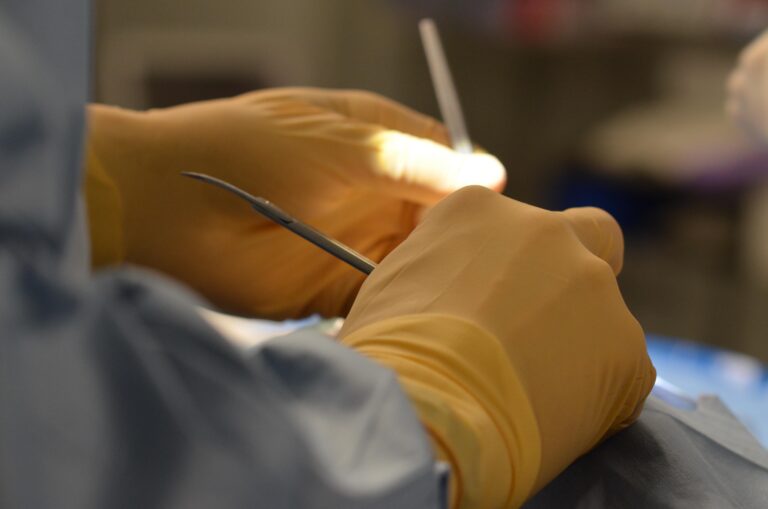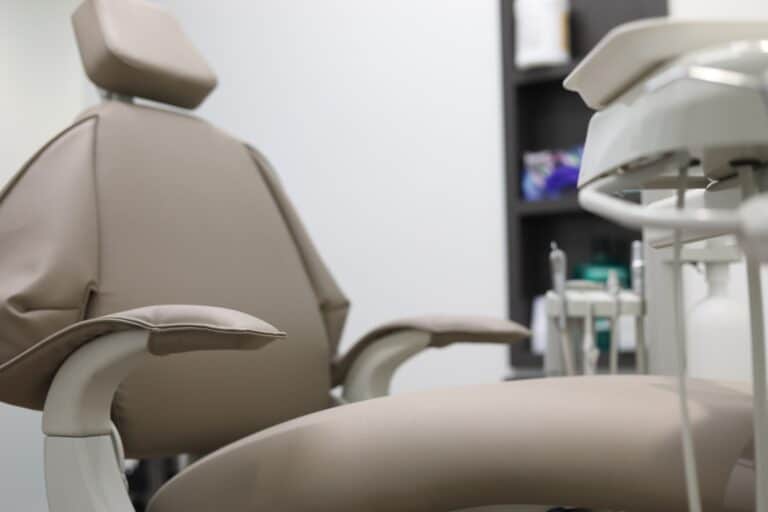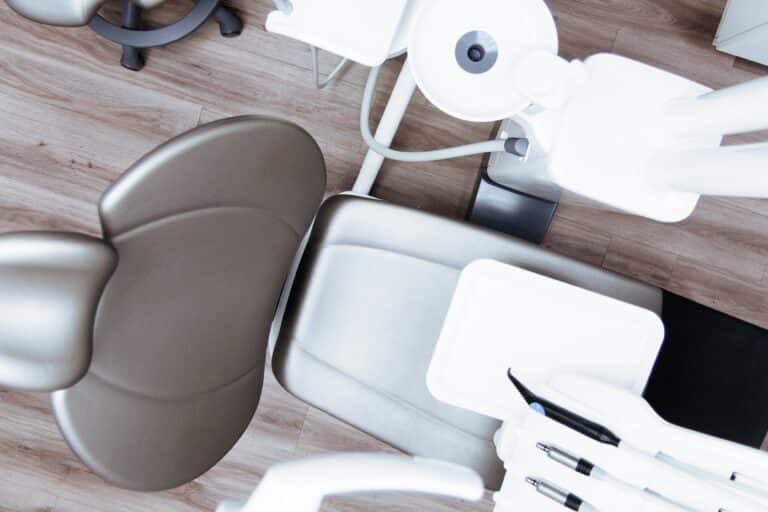Ear Wax removal via Micro suction In Hoveton, Norwich
Symptoms of earwax build-up
Hearing loss
Blocked ear canals due to excess wax can reduce sound transmission, leading to temporary hearing loss.
Earache or a blocked sensation
A feeling of fullness or discomfort in the ears, which can be caused by the pressure of accumulated wax.
Ringing or buzzing (tinnitus)
Wax build-up can lead to ringing, buzzing, or hissing noises, a condition known as tinnitus.
Dizziness or vertigo
Excessive ear wax may affect the inner ear and cause a sensation of dizziness or imbalance.
What is ear wax?
Enquire Now About Ear Wax Removal
Causes of Ear Wax Build-Up
Certain factors can contribute to an excessive build-up of ear wax:
Narrow or damaged ear canals
Some people naturally have narrower ear canals, which can trap wax more easily.Excessive hair in the ear canals
More hair inside the ear can cause wax to get caught and build up over time.Skin conditions affecting the scalp or ears
Conditions such as eczema or psoriasis can cause more wax to form, leading to blockages.Ear canal inflammation (otitis externa or “swimmer’s ear”)
Inflammation of the ear canal, often caused by infections, can increase wax production.




Our Ear Wax removal via Micro suction Service
At Hoveton Clinic, we offer a professional Ear Wax removal via Micro suction service provided by Mr. Ajay Kumar Gona, an ENT (Ear, Nose, and Throat) surgeon with over 20 years of experience. Ajay uses a modern micro suction machine, from a market leader called Zeiss.
Our Ear Wax removal via Micro suction Service
We use microsuction, a highly effective and safe method for removing ear wax. Following an ear canal assessment, the wax is swiftly and safely removed using a suction unit. It has many benefits, including:
Safe and precise
Microsuction allows for controlled removal of wax without affecting the ear drum or canal lining.Quick procedure
The process is generally quick and efficient, providing instant relief in most cases.Minimal discomfort
Patients typically experience little to no discomfort during the procedure.
Contact Us
To learn more about Ear Wax removal via Micro suction or to schedule an appointment, contact Surgicentre in Hoveton, Norwich today. Our friendly staff will be happy to assist you in finding the right treatment to restore your smile.
In certain cases, we may not be able to proceed with treatment. Please inform us if:
- Recent ear surgery
If you’ve undergone ear surgery recently, microsuction may not be suitable. - Acute ear pain
Severe or sudden ear pain may indicate other underlying issues that need addressing first. - Recent perforation
A history of a recent eardrum perforation may pose risks during wax removal. - Grommets in situ
If you currently have grommets (ear tubes) in place, we may need to consider alternative treatments. - Active ear infections
Any signs of infection should be treated before wax removal.
Also, notify us if you experience poor head or neck control, take blood thinners, or have high or low blood pressure.
1. What is ear wax and why do we produce it?
Ear wax (cerumen) is a natural substance produced by glands in the ear canal. It serves to protect the ears by trapping dust, debris, and preventing infections. It also helps to keep the ear canal moisturized.
2. Why does ear wax build up?
Ear wax can build up due to factors such as narrow ear canals, excess hair, or certain skin conditions. Using cotton swabs or hearing aids can also push wax deeper into the ear canal, causing blockages.
3. What are the signs of ear wax build-up?
Common signs include hearing loss, earache, ringing in the ears (tinnitus), and dizziness (vertigo). You may also feel a blocked sensation in your ears.
4. Is ear Ear Wax removal via Micro suction painful?
No, ear wax removal via microsuction is generally painless. You may feel slight pressure or a pulling sensation, but it should not cause discomfort.
5. What is microsuction?
Microsuction is a method where a small suction device is used to safely and effectively remove ear wax. It’s quick, precise, and suitable for most people.
6. How long does the procedure take?
A typical appointment lasts around 30 minutes, including a thorough assessment of your ear canal and the removal of wax from one or both ears.
7. Is Ear Wax removal via Micro suction safe for everyone?
While microsuction is safe for most people, it may not be suitable if you have had recent ear surgery, active ear infections, or grommets. We also assess other conditions like perforated eardrums and ear pain before proceeding.
8. How often should I have ear wax removed?
This varies from person to person. Some individuals may need ear wax removal every few months, while others may only need it occasionally. Regular check-ups can help determine what’s best for you.
9. Can I use ear drops before my appointment?
Yes, using ear drops like olive oil a few days before your appointment can soften the wax, making the removal process quicker and easier.
10. How can I prevent ear wax build-up?
Avoid using cotton swabs or inserting objects into your ears. Regularly cleaning your outer ear and using ear drops as recommended by your specialist can help prevent wax build-up.
